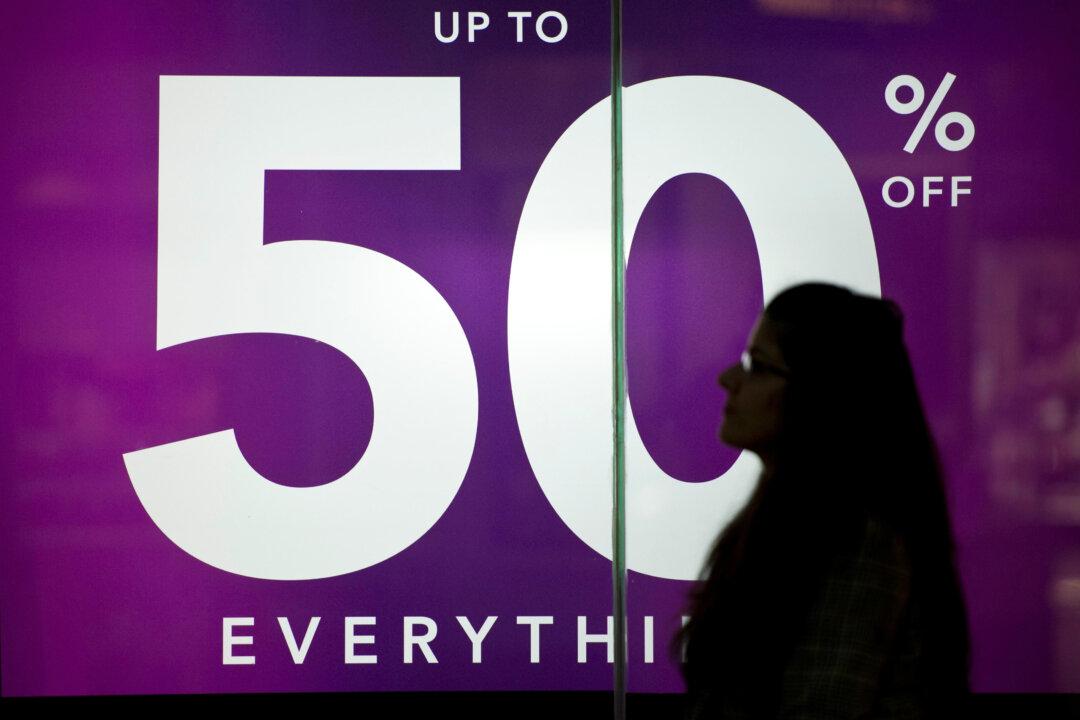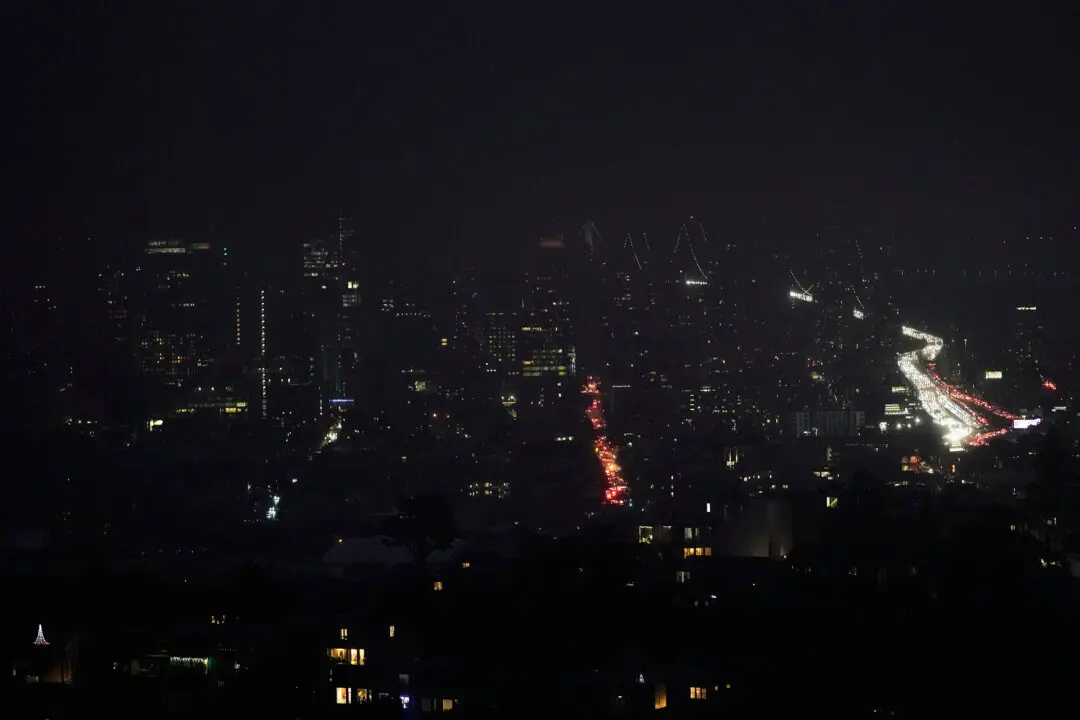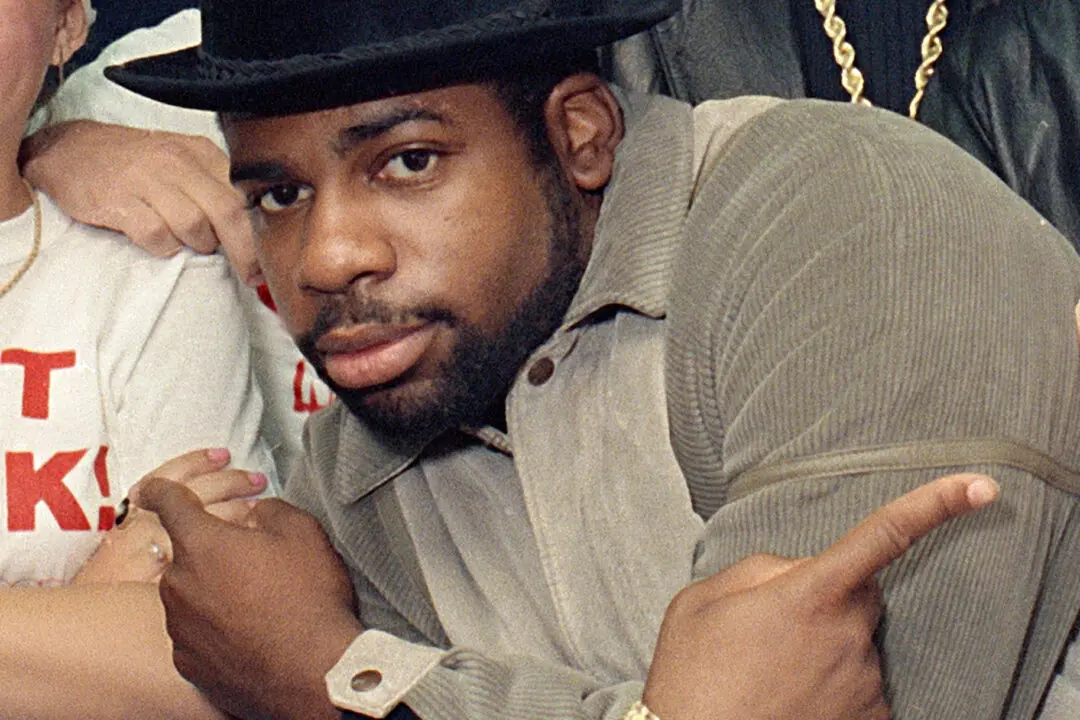NEW YORK—The annual ritual of Black Friday, as we know it, is over.
Gone are the throngs of frenzied shoppers camping out for days ahead of the big sales bonanza on the day after Thanksgiving. And forget the fisticuffs over flat-screen TVs.
Instead, stores around the country had sparse parking lots, calm, orderly lines, and modest traffic. Black Friday, which traditionally is the biggest shopping day of the year, almost looked like a normal shopping day. And not every shopper was happy about that.
In Denver, for instance, Susan Montoya had nearly an entire Kmart to herself Friday morning. Montoya half-heartedly flipped through a rack of girls’ holiday party dresses and looked down the store’s empty aisles.
“There’s no one out here!” she said. “This is sad.”
Black Friday for decades was a rite of passage for U.S. shoppers. Many would spend Thanksgiving evening combing through circulars to plot their shopping route for the next day based on the deals they hoped to snag.
But in recent years, retailers have started offering mega-discounts in stores and online earlier instead of waiting until Black Friday. And in the last few years, they’ve opened locations on Thanksgiving Day, a once-sacred holiday from retail.





